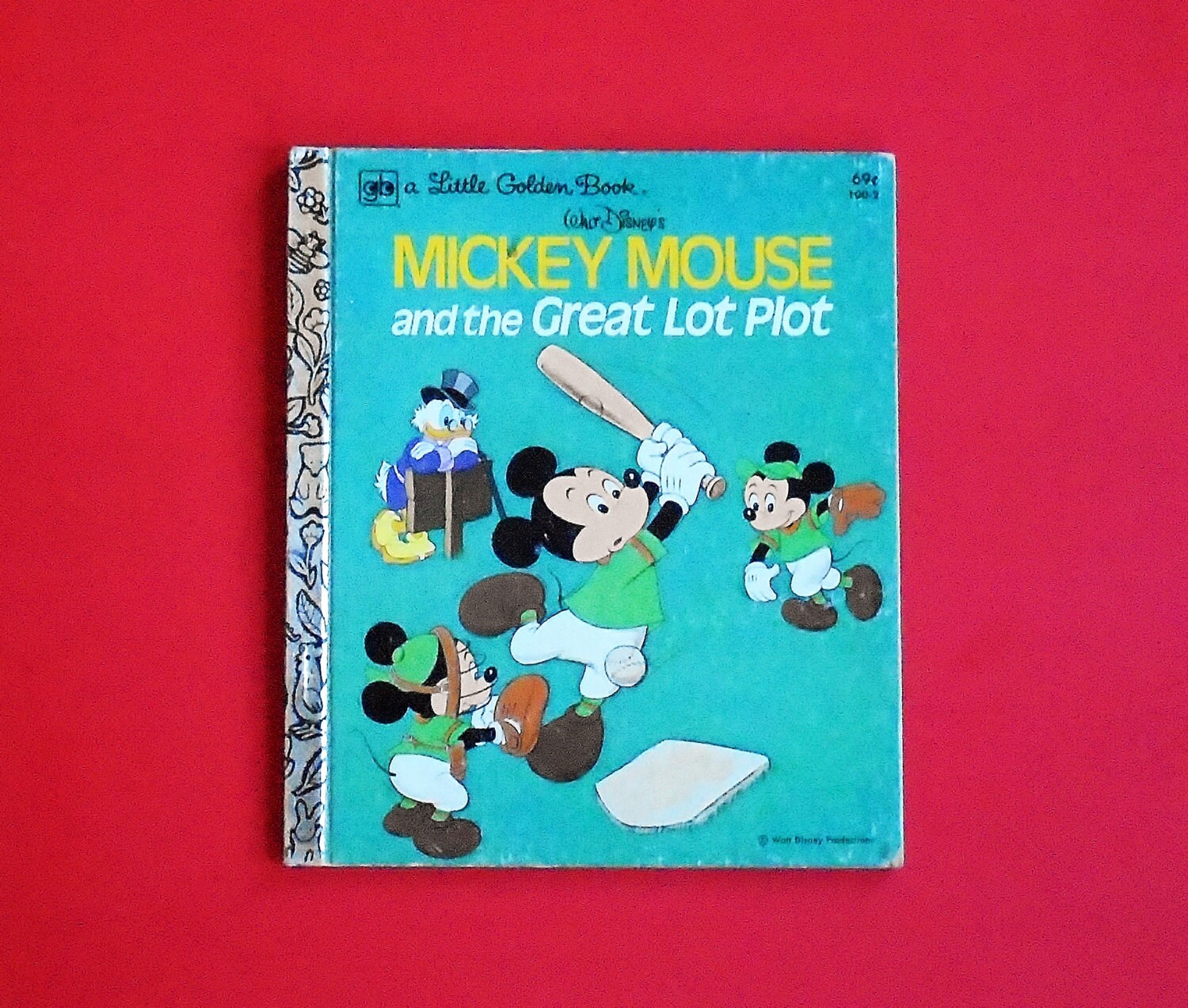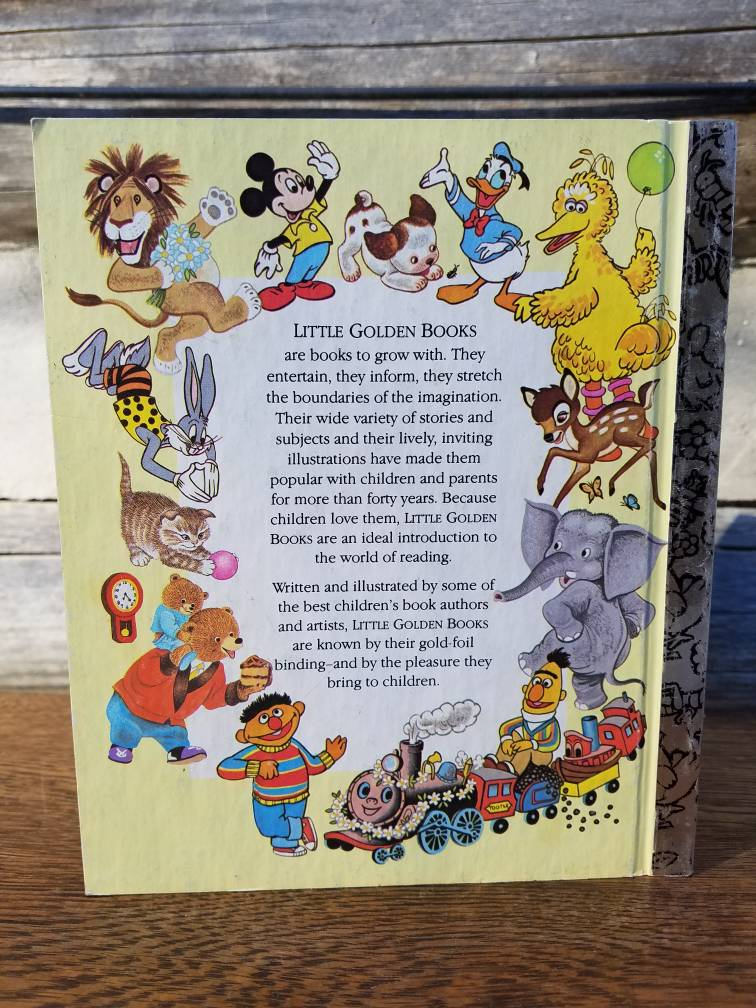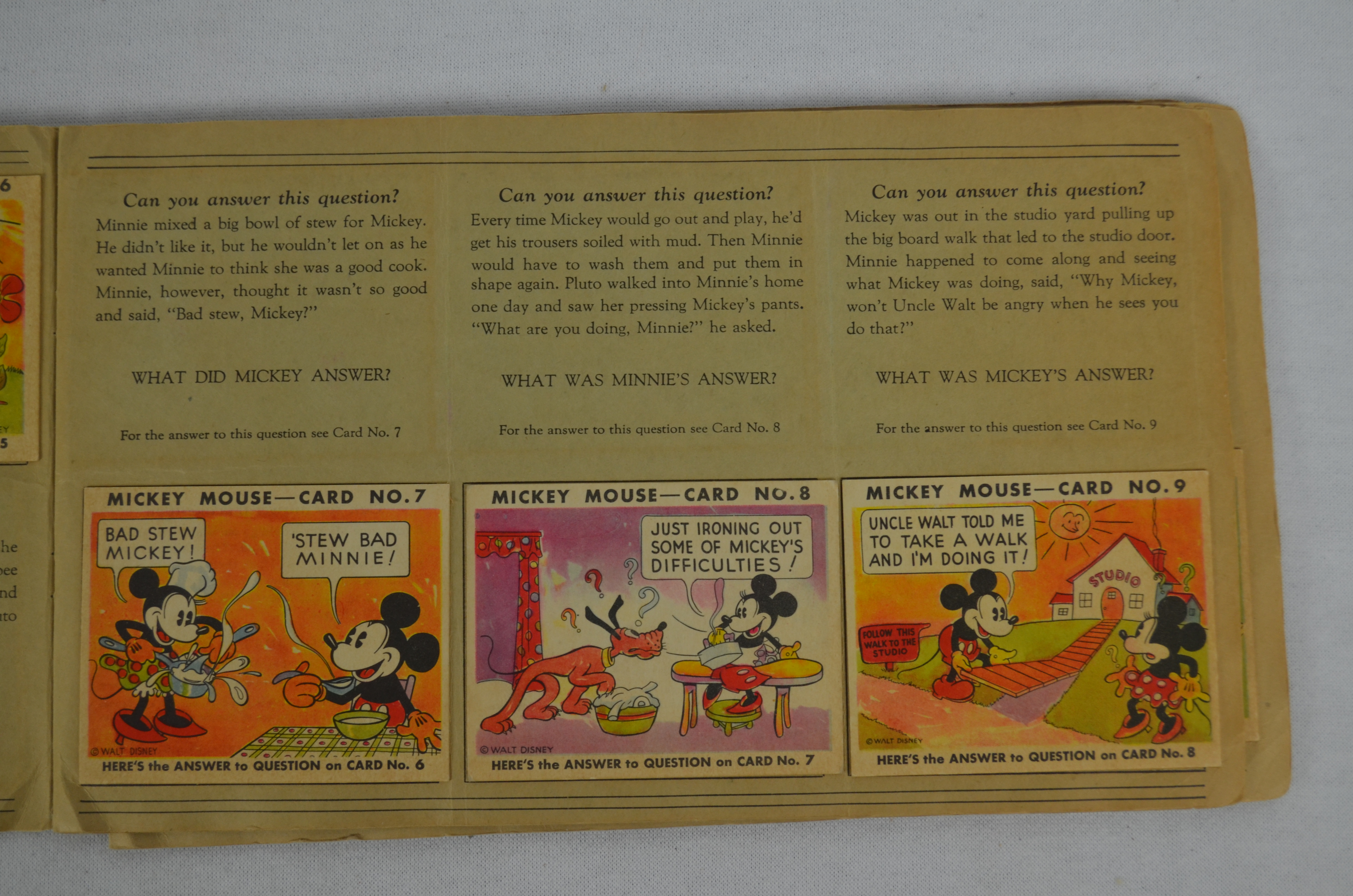

I greatly appreciate the detail that Finch goes into those early features, most notably as he digs into those first five masterpieces. Finch gives only the essential details to Disney's life in how they relate to Disney's life as an artist and producer. By the end of this book, Robin Hood was currently in production and EPCOT was still being planned as the city of the future.īut The Art of Walt Disney works great as a solid introduction to the story of Walt Disney, Disney as a company and the products that made them the behemoth company they are today. The version I have was originally released in the 1970s and republished in the 80s, so it's far from current. Over the quarantine, I've decided to watch all the Disney animated classics in order, and I figured there could be no better companion for this than The Art of Walt Disney by Christopher Finch. And this is, of course, the real attraction of the book, and why I enjoyed it.

Backgrounds, model sheets, concept art, storyboards. Sleeping Beauty? Not so much.Īny book with "art" in the title needs to have great illustrations, and there's some really good stuff in here.

So if you're interested in Oswald the Lucky Rabbit, you're in luck. As time goes by, the sections about each work gets shorter and shorter. And the older the work, the more information given about it. Why bother covering The Disney Afternoon if you can only give it a few paragraphs, and most of the shows only get one sentence? The individual parks get more, better, and more detailed coverage in other books.īut we're all really here to read about Disney shorts and animated features. California Adventure and DisneySea were still new, and Hong Kong Disneyland was on the verge of opening. For context, that was the year Home on the Range and Incredibles was released. This, apparently the most recent edition of The Art of Walt Disney, dates from 2004.


 0 kommentar(er)
0 kommentar(er)
